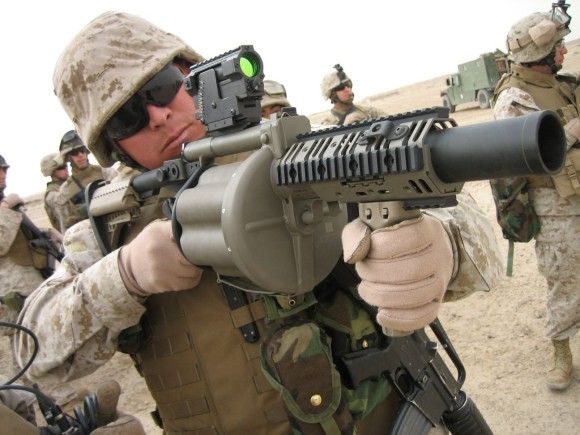Armed Forces
What has been Happening in the Arms Industry over the Last Year
An analysis of what has been happening in the arms industry over the course of the last year.
As the Secretary of State, Mr Czesław Mroczek has stated, the majority of decisions concerning the fate of the tenders will be taken in 2015. It seems logical and reasonable enough, I have predicted such course of events myself. All that remains is to have hope the arms industry will benefit from the modernisation of the army, retaining its position or even expanding further. The establishment of PeGaZ as well as the noticeable takeover of control over the companies ought be taken as a good sign. Still, there is no law in Poland which would regulate holding companies. This may unfortunately lead to companies arbitrary moves along with a policy that is not consistent with the state, central one – especially if they will be influenced by foreign contractors.
Slowly but surely a view percolates that the Polish weapons industry is both a public and a private sector, including the one controlled by major foreign players. In some fields, such as aviation – the share of private capital is dominant. I hope that even if Sikorsky loses the tender on multi-purpose helicopters it will still keep the factory in Mielec open. Not long ago, I heard from several sources that Sikorsky’s clients wish that the Black Hawks be built specifically in Mielec, which would guarantee their high quality. It’s sure is nice and uplifting. Then, there are several new cases that appear. Generally speaking, we must do away with this division of Polish arms industry into public, foreign and private. If it provides new employment, simply enough it’s just Polish.
In my opinion, the tender on multirole helicopters will be completed, the supplier chosen and the contract fulfilled, or in most of its part that is for sure. A new tender on ship-based helicopters can always be announced and the number of commissioned ones lowered.
As for the air defence, it would be a wise thing to integrate in some way both of the systems, or at least make it so they could cooperate. As I’ve written several times before, the favourite of the tender is Raytheon and I believe it would be disadvantageous for the Polish arms industry to not have the option to choose between American solutions. Alas, the decision on opting for the American option seems to have been taken.
Probably now till the end of negotiations the Favourite will try to forcefully convince us to Patriots. If in this he succeeds, the Polish weapons industry will be able to unpack the crates at most. I hope that here in Poland, we won’t make twice the same mistake as with the F-16’s contract and someone will say a definite NO! to the Favourite … But be aware, the Favourite has a second, way better offer in his sleeve (way better for Poland and our arms industry that is) and, as certain befriended sparrows back in Washington are chirping, he has already brought an appropriate application before the Department of State. The details are really crispy, sadly though I cannot write about them because I’ve given someone my word on it. The negotiations ought to be conducted in such way to force the Favourite to offer the second option.
As for the short-range air defence, for Poland it would be best if the contract were to be handed to PeGaZ in collaboration with one of the foreign concerns. In general, it would be nice if politicans were to rethink if it’s not better to concentrate on options that guarantee economic growth. Industry and the whole economy would came out better on it, that’s for sure.
To sum it up, in the new year, my expectations towards the growth of Polish arms industry are more optimistic than in the previous one.
